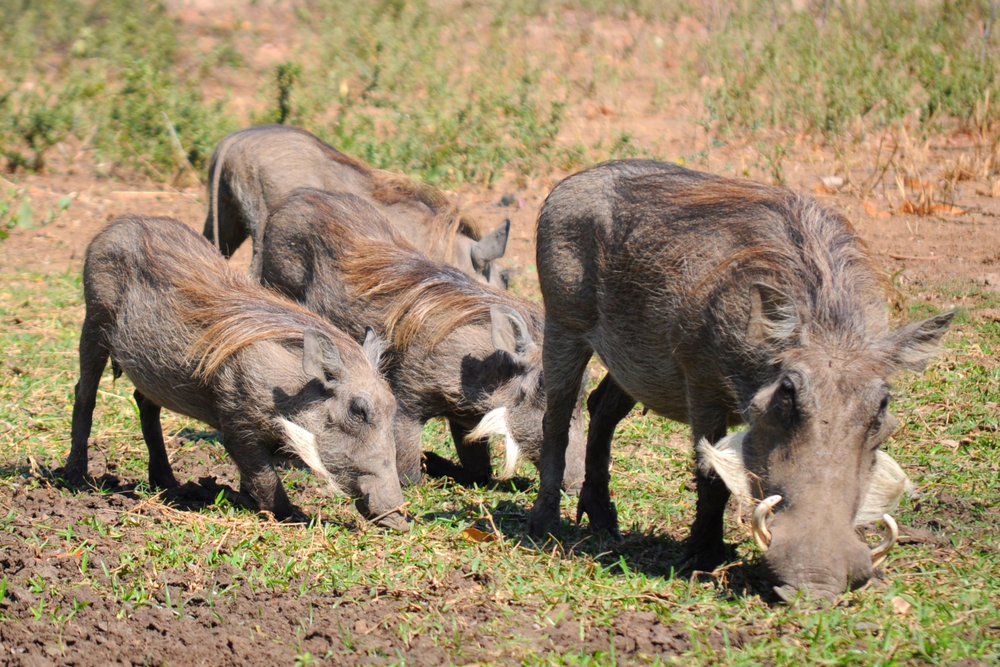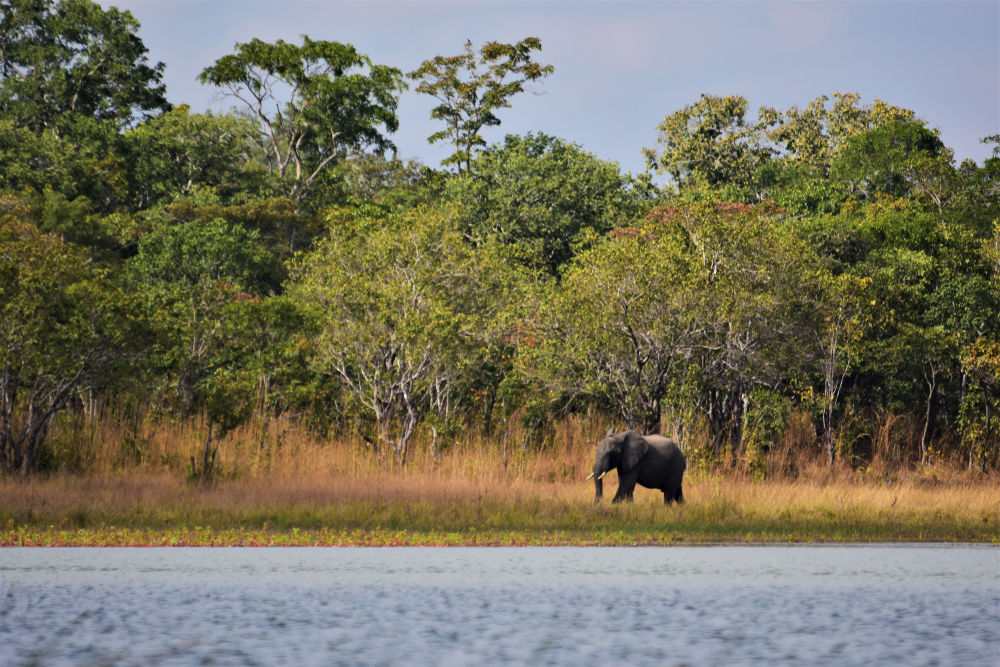Lengwe Overview
Lengwe National Park, located in Malawi’s Lower Shire Valley near Chikwawa, approximately 64 kilometers southwest of Blantyre, encompasses 887 square kilometers of unique terrain characterized by open deciduous forests and dense thickets. Established in 1970, the park is renowned for its distinctive ecosystem and serves as a sanctuary for various wildlife species, most notably the elusive Nyala antelope (Tragelaphus angasii), which reaches its northernmost distribution within this park.
The park’s landscape is predominantly flat, facilitating an extensive network of drivable tracks that allow visitors to explore its diverse habitats. While Lengwe lacks significant mountains or waterfalls, its unique topography and vegetation provide a picturesque setting for wildlife observation and photography.
Lengwe National Park is home to a variety of wildlife, including buffalo, kudu, bushbuck, impala, warthog, and the rare Livingstone’s suni. The park is also a haven for bird enthusiasts, boasting over 330 bird species, such as the Boehm’s bee-eater (Merops boehmi) and the crested guineafowl (Guttera pucherani).
The park’s hot and dry climate results in seasonal water availability, with rain being the primary consistent water source. To address this, artificial waterholes have been established to support wildlife during dry periods, enhancing game viewing opportunities as animals congregate around these water sources.
Conservation efforts in Lengwe National Park focus on habitat preservation and community engagement. The Department of National Parks and Wildlife (DNPW) collaborates with local communities to promote sustainable resource management and environmental stewardship. Initiatives include anti-poaching patrols, environmental education programs, and the development of eco-tourism to provide alternative livelihoods and reduce pressure on natural resources.
Visitors to Lengwe National Park can enjoy game drives, bird watching, and guided walks. The park’s proximity to Blantyre makes it an accessible destination for day trips or extended stays. Accommodations such as the Nyala Lodge offer comfortable lodging and dining options, enhancing the visitor experience.
In summary, Lengwe National Park offers a unique glimpse into Malawi’s southern ecosystems, providing sanctuary to diverse wildlife and bird species. Ongoing conservation efforts and community involvement are crucial to preserving this natural heritage for future generations.












































































